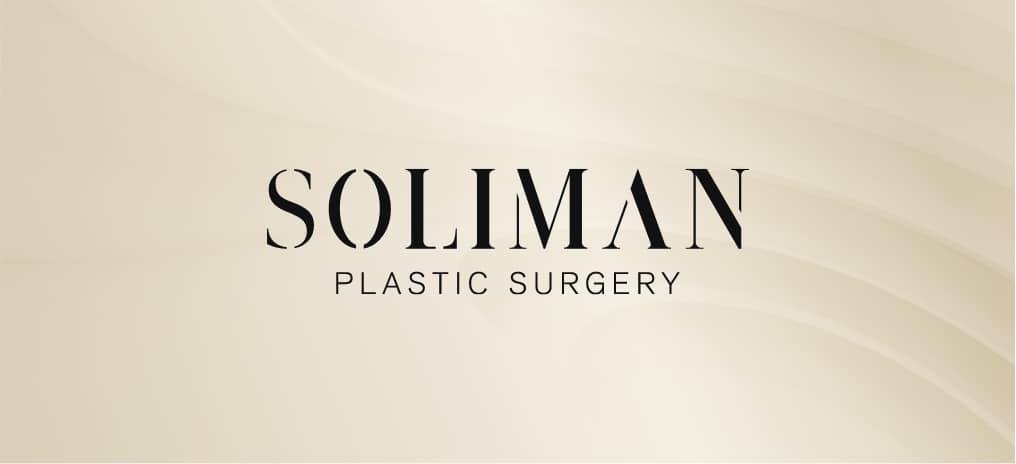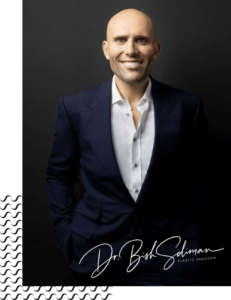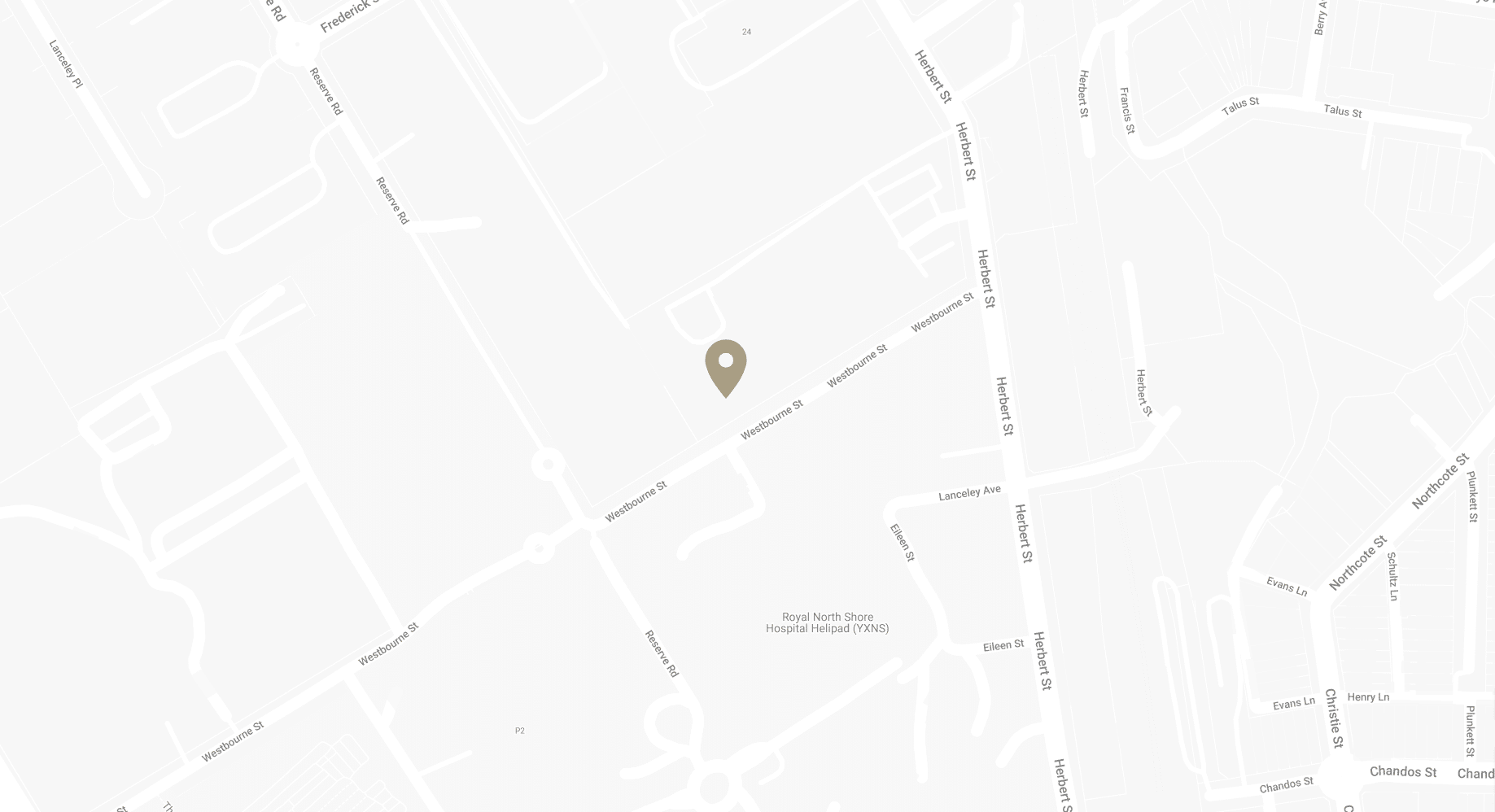Integrating DIEP Flap with Other Reconstructive Techniques for Optimal Results
Deep Inferior Epigastric Perforator (DIEP) flap surgery represents a significant advancement in the field of reconstructive breast surgery. This procedure involves using your own abdominal skin and fat to reconstruct the breast following a mastectomy, offering a natural look and feel without sacrificing muscle strength or function. In some cases, DIEP flap can be combined with other reconstructive techniques. By integrating various methodologies, Dr Bish Soliman can address individual anatomical and aesthetic concerns more effectively, leading to a more satisfactory result.
What Is DIEP Flap Surgery?
The DIEP flap procedure is a refined approach to breast reconstruction that preserves all your muscle tissue while still utilising the abdominal skin and fat. The surgery involves the meticulous dissection of blood vessels running through the abdominal muscle and fat, which are then reconnected to the blood vessels in the chest. This microsurgical technique ensures the transferred tissue remains viable and integrates seamlessly into its new location.
One of the most significant advantages of the DIEP flap over traditional reconstruction methods, such as the TRAM flap, is the preservation of abdominal muscle integrity. This results in less postoperative pain, quicker recovery times, and a lower risk of developing abdominal hernias or weaknesses. Moreover, the DIEP flap utilises your own tissue, which leads to a more natural look and feel compared to implant-based reconstruction, with the added benefit of reducing abdominal fat in the process.
Good candidates for DIEP flap surgery are those who have sufficient abdominal tissue for breast reconstruction and do not smoke, as smoking can impair healing and blood flow to the transplanted tissue. Patients with previous abdominal surgeries are evaluated on a case-by-case basis, as scars may affect the viability of the DIEP flap. This technique is particularly appealing for those seeking a natural reconstruction option and those who wish to avoid the risks associated with implants, such as implant rupture or capsular contracture.
What Other Reconstructive Techniques Can Be Combined with DIEP Flap
Combining DIEP flap surgery with other reconstructive techniques enables Dr Soliman to tailor the reconstruction process to the specific needs and aesthetic goals of each patient. This approach to reconstruction can improve symmetry, shape, and overall appearance, providing outcomes that might not be achievable through a single method. Two key techniques that can be combined with DIEP flap reconstruction are implant-based reconstruction and fat grafting.
1. Implant-Based Reconstruction
Implant-based reconstruction involves the use of silicone or saline implants to recreate the breast mound. This method can be particularly beneficial in patients seeking a larger breast size than what could be achieved with their tissue alone or in those who lack sufficient donor tissue for a completely autologous reconstruction. When combined with DIEP flap surgery, implants can provide additional volume and projection, enhancing the aesthetic outcome. This combination can be especially useful in bilateral reconstructions, where patient may not have sufficient abdominal volume to create the desired breast size. Implants are selected based on your body type, aesthetic preferences, and the specifics of your reconstruction needs, allowing for a highly customised approach.
2. Fat Grafting
Fat grafting, also known as lipofilling, involves harvesting fat from one part of the body through liposuction and injecting it into the breast area. This technique can refine the shape, smooth out contours, and correct minor asymmetries or irregularities in the reconstructed breast. When used in conjunction with DIEP flap surgery, fat grafting allows for fine-tuning of the final shape and can improve the softness and natural feel of the breast. It is particularly useful for addressing issues such as rippling or indentations and can enhance the cleavage or add volume to specific areas for a more balanced result. Fat grafting is a versatile tool that complements the DIEP flap procedure well, offering a way to make subtle yet significant improvements to the reconstructed breast.
Combining DIEP Flap with Implant-Based Reconstruction
The integration of DIEP flap surgery with implant-based reconstruction is a sophisticated approach that marries the benefits of autologous tissue reconstruction with the volume and shape that implants can provide. This combination is particularly advantageous for patients who desire a larger bust size than what their own tissue can achieve or for those whose natural anatomy limits the volume of autologous tissue available.
- The Process: The surgical procedure begins with the DIEP flap, where tissue from the abdomen is used to create the breast mound. Following this, an implant may be placed in a subsequent procedure to enhance volume and shape. This two-pronged approach allows for the natural look and feel of autologous tissue, with the added benefit of the precise volume and shape control that implants offer.
- Advantages: The primary benefit of this combination is provide an improved aesthetic outcome for those with limited abdominal tissue or those seeking reconstruction after significant weight loss. The presence of the implant provides the necessary projection and upper pole fullness that might not be entirely achievable with the DIEP flap alone.
- Considerations: Careful planning and discussion between the patient and surgeon are crucial to determine the appropriate size and type of implant, taking into account the patient’s body structure, lifestyle, and aesthetic goals. It’s also important to address the potential for future revisions or the need for implant replacement down the line.
Combining DIEP Flap with Fat Grafting
Fat grafting, when used in conjunction with DIEP flap surgery, offers a finesse touch to breast reconstruction, allowing for adjustments in contour, volume, and symmetry that are sometimes needed after the primary reconstruction. This technique involves harvesting fat from another part of the patient’s body, such as the thighs or flanks, and injecting it into the breast area to correct imperfections or enhance the shape and size of the reconstructed breast.
- The Process: Fat grafting can be performed at the same time as the DIEP flap procedure or as a separate, subsequent operation, depending on your needs and Dr Soliman’s recommendations. This flexibility makes it an invaluable tool for achieving the final touches on the reconstructed breast, smoothing out contours, and filling in any areas that appear hollow or uneven.
- Advantages: The use of your own fat in reconstruction minimises the risk of adverse reactions, as the material is autologous. Furthermore, fat grafting enhances the natural feel of the breast, as it integrates with the existing tissues. This technique is particularly beneficial for fine-tuning the reconstruction, offering an additional layer of customisation that ensures the final result closely matches your vision and expectations.
- Considerations: While fat grafting is less invasive than other surgical procedures, it’s not without its limitations. The body will reabsorb some of the injected fat, necessitating additional sessions to achieve the desired outcome. The success of fat grafting also depends on the technique used.
Preparing for Combined Reconstructive Surgery
Choosing to undergo breast reconstruction is a significant decision that involves careful consideration and preparation. When the reconstruction involves combining DIEP flap surgery with other techniques such as implant-based reconstruction or fat grafting, the complexity increases, as does the need for thorough preoperative planning. This preparation ensures that you and surgical team are aligned in their expectations and goals for the outcome.
- Deciding the Best Combination of Techniques: The journey begins with an in-depth consultation with Dr Bish Soliman, who can assess your medical history, body type, and aesthetic desires. This assessment includes a discussion about the advantages and potential challenges of combining DIEP flap surgery with other techniques. Factors such as your health status, previous surgeries and lifestyle play a role in determining the most suitable approach. Photographic examples of expected outcomes may also be reviewed to help visualise the potential results.
- The Consultation Process: This stage is essential for building a rapport with the surgeon and the medical team. You are encouraged to ask questions and express any concerns you might have about the surgery, recovery, and the expected outcomes. It’s also a time when Dr Soliman can outline the specifics of the proposed procedures, including the risks and benefits, to ensure you are well-informed and comfortable with the plan moving forward.
- Preoperative Preparations and Considerations: Once the decision to proceed is made, you will be guided through a series of preoperative steps. These include health evaluations to ensure you are fit for surgery, adjustments to medications, and lifestyle modifications such as quitting smoking, which can significantly impact healing and the success of the tissue transfer. Patients are also advised on nutrition and physical preparations that can aid in recovery. Additionally, logistical arrangements, such as planning for hospital stays and post-operative care at home, are discussed to ensure a smooth and stress-free experience.
Recovery and Aftercare
The recovery process following combined reconstructive surgery can be challenging, given the complexity and the individualised nature of each procedure. A successful recovery is essential for achieving optimal outcomes and requires adherence to Dr Soliman’s guidelines for aftercare.
FAQs about Combining DIEP Flap with Other Reconstructive Techniques
Can I choose to have implant-based reconstruction or fat grafting after my initial DIEP flap surgery?
- Yes, it’s entirely possible to opt for additional reconstructive techniques, such as implant-based reconstruction or fat grafting, after your initial DIEP flap surgery. Many patients choose to do so in a staged approach to refine the shape, size, and symmetry of the reconstructed breast. The decision depends on your specific aesthetic goals, healing process, and the recommendations of your surgeon. It’s important to have a detailed discussion about your expectations and any changes you might desire after your initial recovery.
How long should I wait between my DIEP flap surgery and additional procedures like fat grafting or implant insertion?
- The waiting period between DIEP flap surgery and subsequent procedures varies depending on several factors, including your overall health, the healing progress of your initial reconstruction, and the specific additional procedure planned. In most cases, Dr Bish Soliman recommends waiting 3 to 6 months to allow for complete healing and to accurately assess the results of the DIEP flap surgery before proceeding. This timeline can be adjusted based on individual recovery rates and Dr Soliman’s assessment.
Are there any additional risks when combining DIEP flap with other reconstructive techniques?
- Combining DIEP flap surgery with other techniques like implant-based reconstruction or fat grafting introduces complexity to the surgical process but doesn’t necessarily add significant risk. Each procedure has its own set of risks, but when planned and executed properly, the combined approach can be very safe. Risks are minimised through careful patient selection, meticulous surgical technique, and close postoperative monitoring.
Will combining DIEP flap with other techniques affect the sensation in my reconstructed breast?
- Breast reconstruction, in general, can affect sensation due to the nature of the surgery. DIEP flap surgery tends to preserve more sensation compared to other types of reconstruction because it doesn’t involve the muscles and uses your own tissue. Adding procedures like fat grafting usually doesn’t significantly alter sensation. However, introducing implants may have varying effects.
How do I know if combining DIEP flap with other reconstructive techniques is the right choice for me?
- Deciding on the right reconstructive approach involves an evaluation of your medical history, body type, aesthetic preferences, and lifestyle considerations. The best way to determine if a combined approach is suitable for you is through a detailed consultation with a reconstructive surgeon experienced in these procedures. Dr Soliman can provide personalised advice based on your specific circumstances, helping you to weigh the benefits and considerations of each option. Ultimately, the decision will be guided by your goals for reconstruction, taking into account the potential for achieving the most natural and satisfying outcome.
Further Reading about DIEP Breast Reconstruction with Sydney Specialist Plastic Surgeon Dr Bish Soliman
- Read Dr Bish Soliman’s Blog about Physical Therapy and Rehabilitation after DIEP Flap Surgery
- Read Dr Bish Soliman’s Blog about Lymphatic Drainage Massage Post Operatively after DIEP
- Read Dr Bish Soliman’s Blog about What Is Laparoscopic DIEP?
- Read Dr Bish Soliman’s Blog about DIEP Flap Reconstruction – Common Concerns and Myths
- Read Dr Bish Soliman’s Blog about Nutrition and Lifestyle Tips for Optimal Healing After DIEP Flap Surgery
Medical References about DIEP Flap Surgery
- What to know about fat grafting for breast reconstruction – Medical News Today
- Fat Grafting With Harvesting From Zone IV in the DIEP Flap
- DIEP flap with implant
- Stacked Flap Reconstruction: DIEP, GAP, PAP, and Hybrid – BreastCancer.org
- Breast reconstruction with flap surgery – Mayo Clinic



